Studio Interview - Way Studio
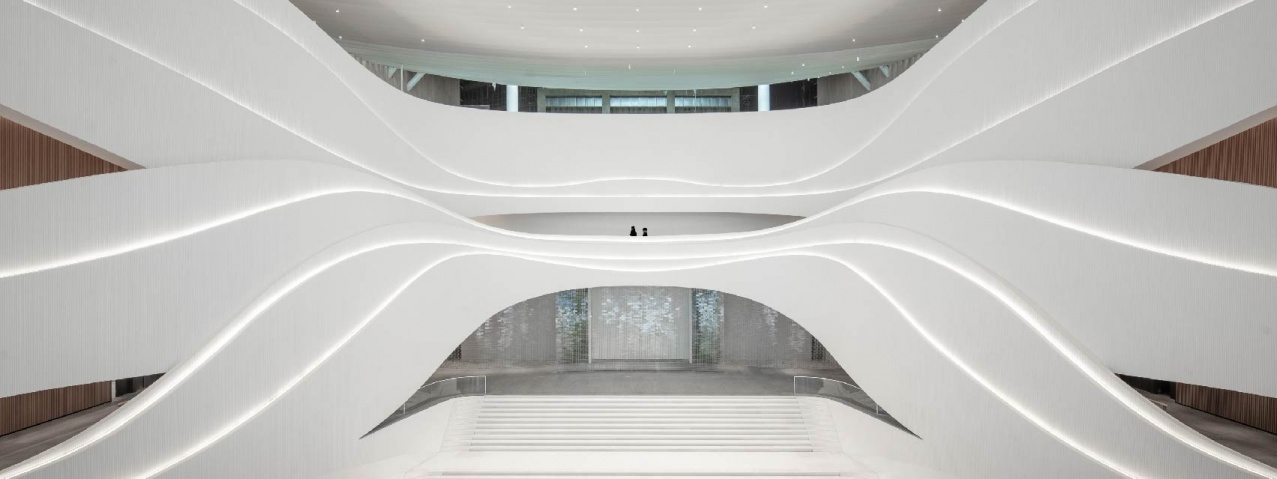
Beijing, China
www.way-studio.com
Way Studio is an innovative architecture and design studio with a focus on coalescing architecture with art and technology. It has focused on discovering new possibilities through cross-disciplinary collaborations. Its scope of work covers urban planning, cultural projects such as galleries, museums and opera houses, mixed-use buildings, architectural renovations, residential projects, exhibitions and installation designs. Its collaboration with other disciplines “results in an adaptive, flexible approach and methodology in our work”.
The studio has done a lot of inter-disciplinary work alongside artists, designers, consultants, engineers and others, always with a focus on finding new ways of doing things. It says it is interested in discovering the balance between people and Nature, culture and technology. Way Studio currently has offices in Beijing, Hong Kong and Vancouver.
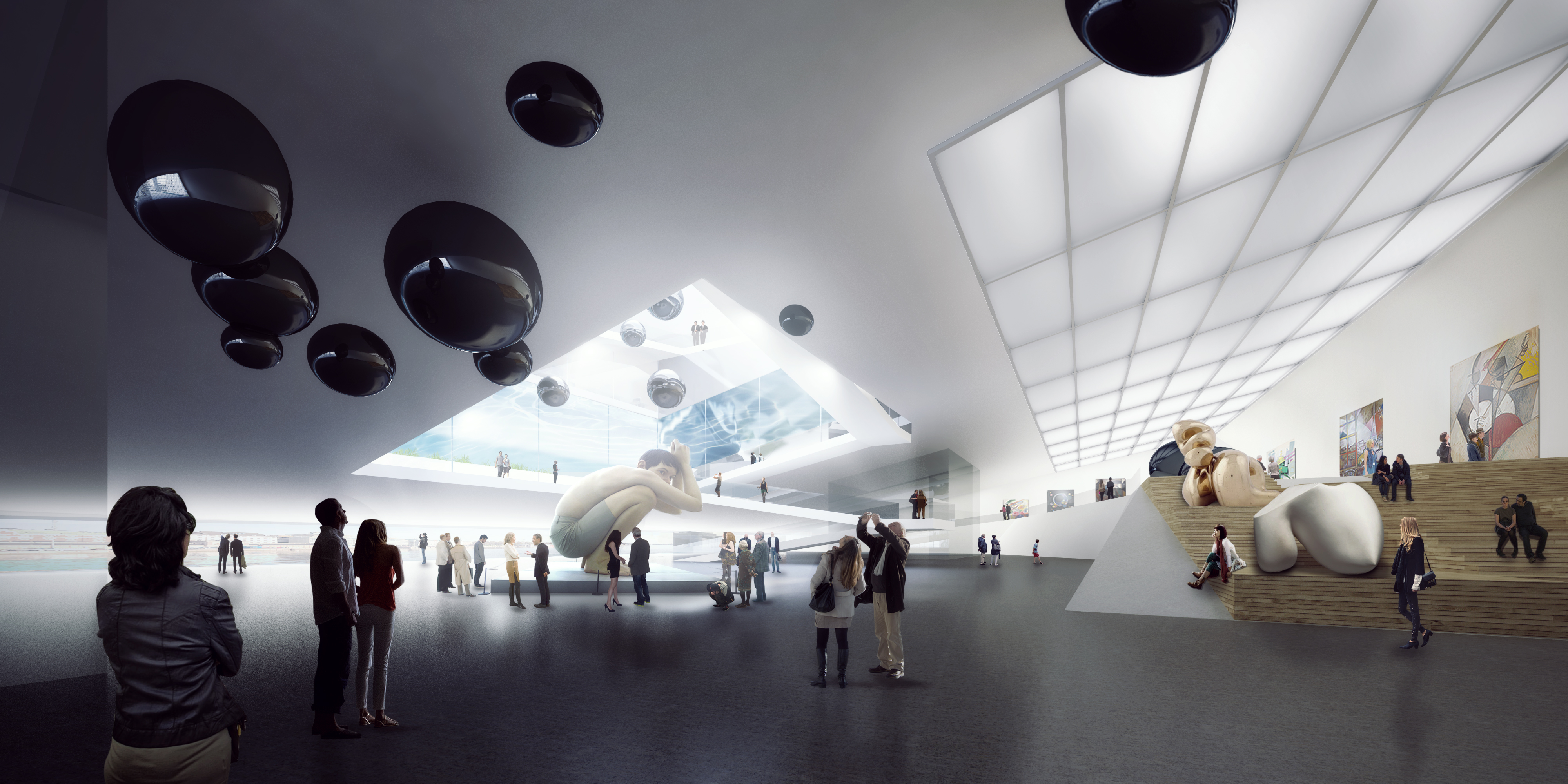
|
Can any comparison be drawn between the way design studios function and a rugby team plays? The most obvious is team-work, of course; it is essential that everyone plays their own part well in the team for a functioning whole that moves together, and training, to build up “muscles” in order to perform when and where it matters. Design is laborious work, which rugby also obviously is. You have to be dedicated and to really enjoy it more than a job to commit all the sweat and tears to become a designer. Both are considered professionals, and there is a certain level of “talent” involved. Not just anyone can become a designer, there are certain artistic and logical pre-sets you need to possess in order to excel in this field. |
What do you see as the main advantages and main drawbacks of working in a large or medium-sized design studio? The advantages of larger studios are their resources such as available projects and clientele, but also suppliers and employees. It isn’t just external resources but internal resources, too; the fewer the people in a company means less brain-power to use, as practices such as knowledge-share are great for growth in the workplace. On the other hand, the disadvantages of larger firms are the politics involved; that is an inevitable by-product of any organisation with multiple people, where structure becomes a necessity. With structure comes power, and with power, competition and internal relationships to navigate. With smaller firms, it is vital to work as a tight-knit family, because you cannot survive otherwise. |
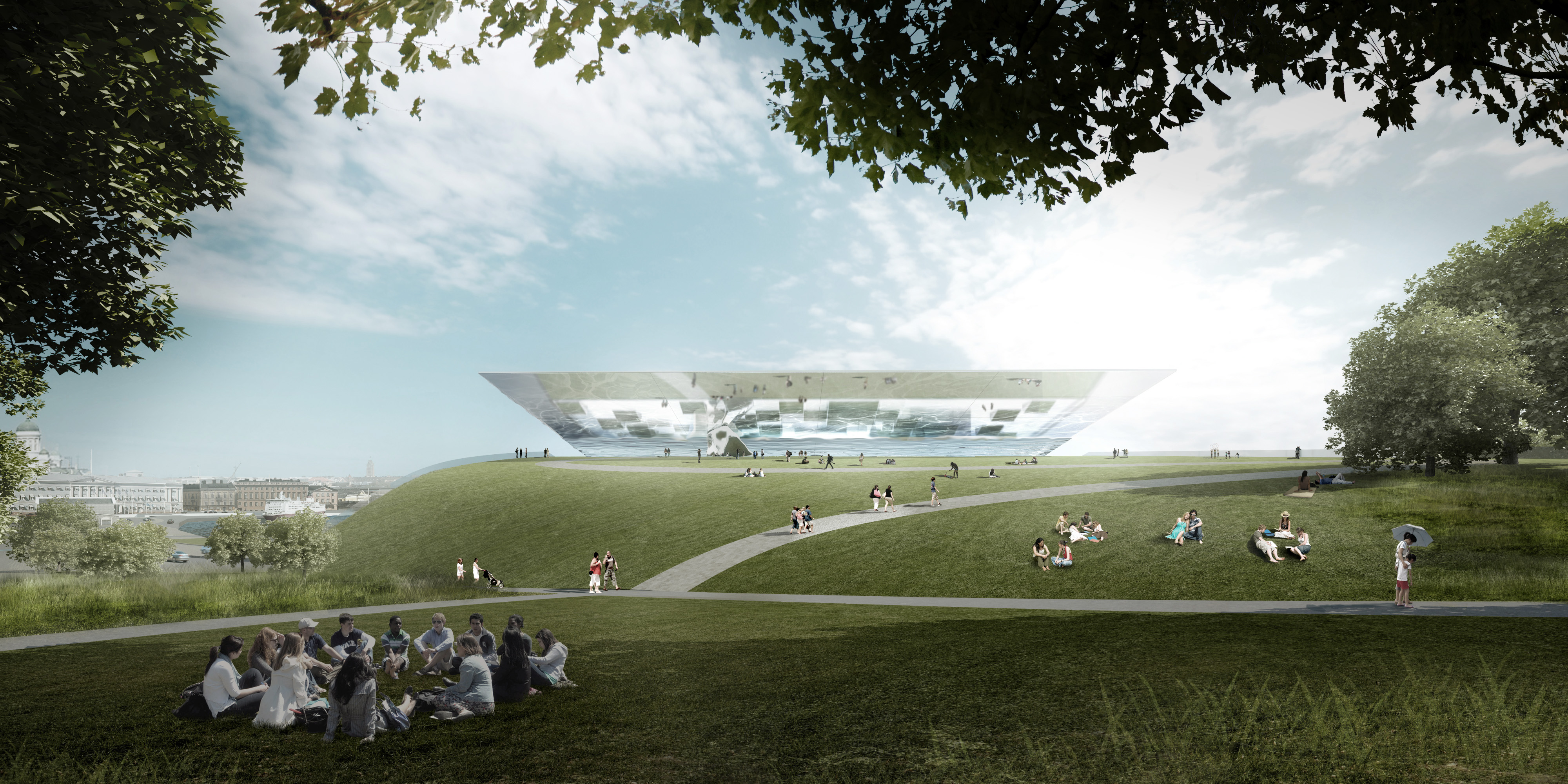
|
Others

最新动态 | 1 March 2019
Celebrating nearly 150 years of denim culture
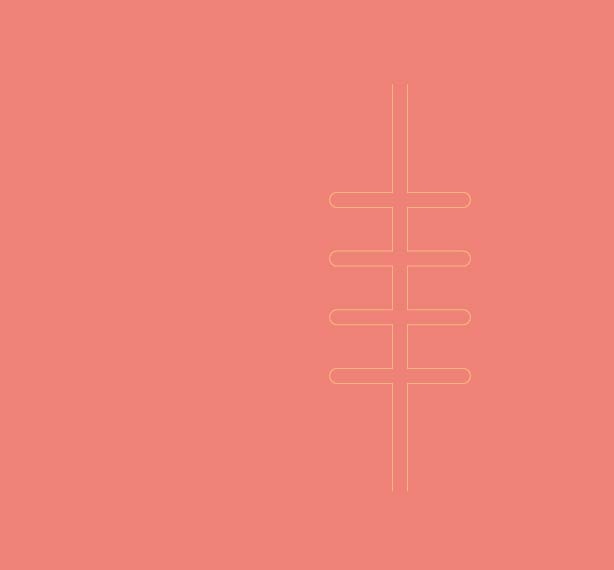
最新动态 | 1 March 2019
Muddied oafs or deep design thinkers?
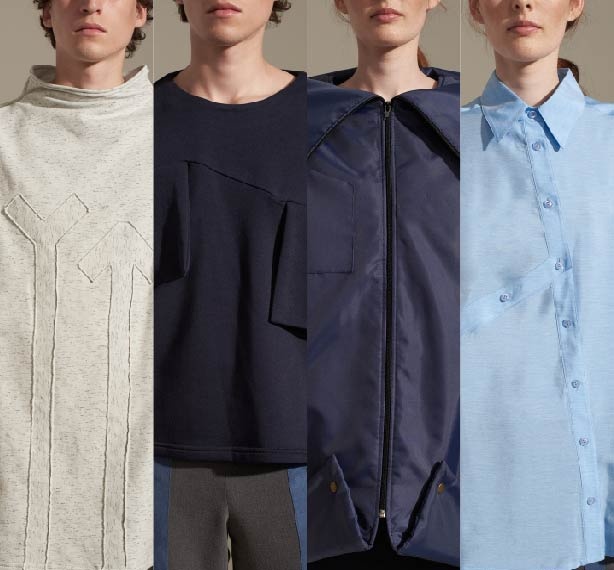
最新动态 | 1 March 2019
Studio Interview - Perceptual Thinkers
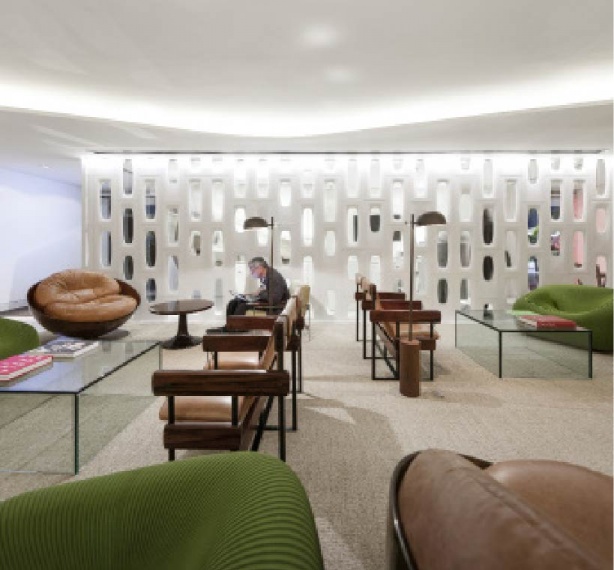
最新动态 | 1 March 2019
Studio Interview - Oppenheim Architecture

最新动态 | 1 March 2019
Studio Interview - Layer
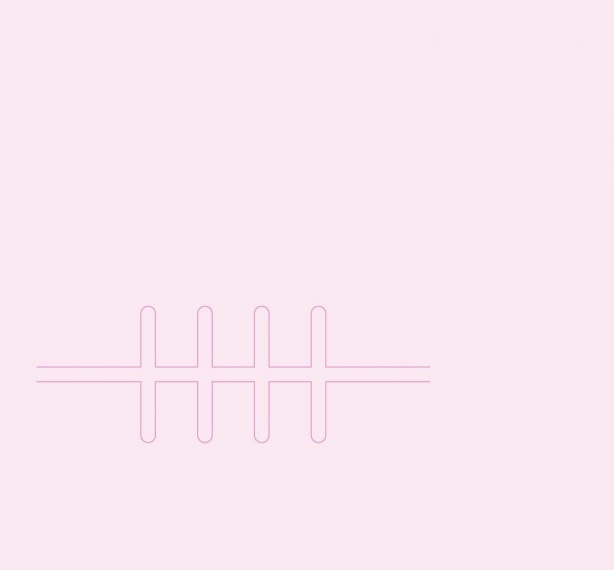
最新动态 | 1 March 2019
Governments opting for practice over theory
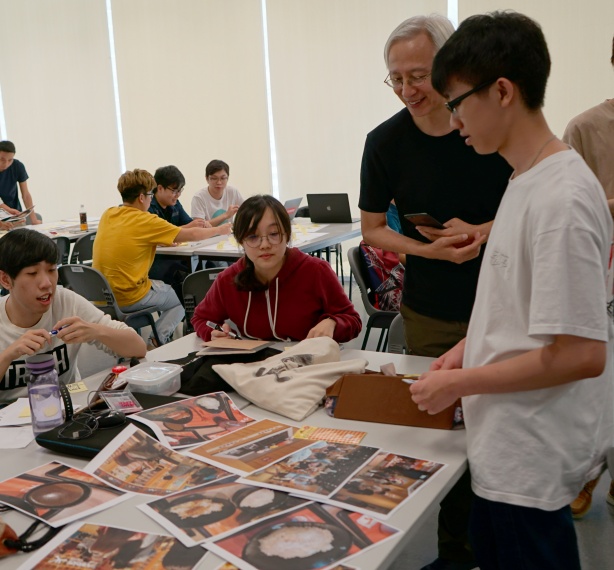
最新动态 | 1 March 2019
Master Thinker on Tech X Design: Bernard Suen
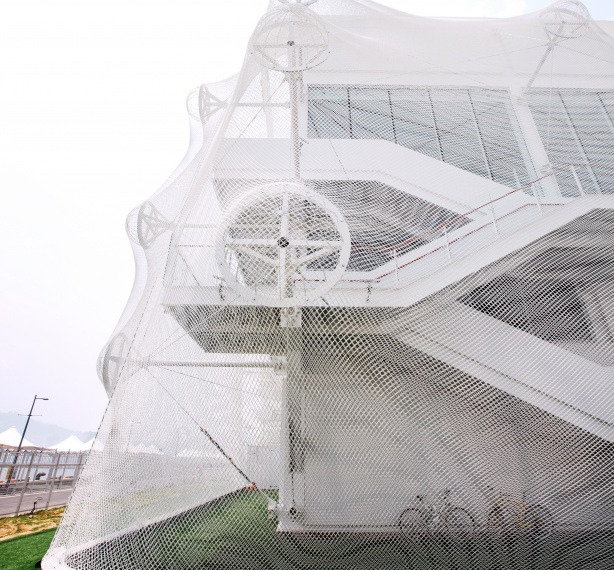
最新动态 | 1 March 2019
Master Thinker on Architecture X Design: Aaron Tan
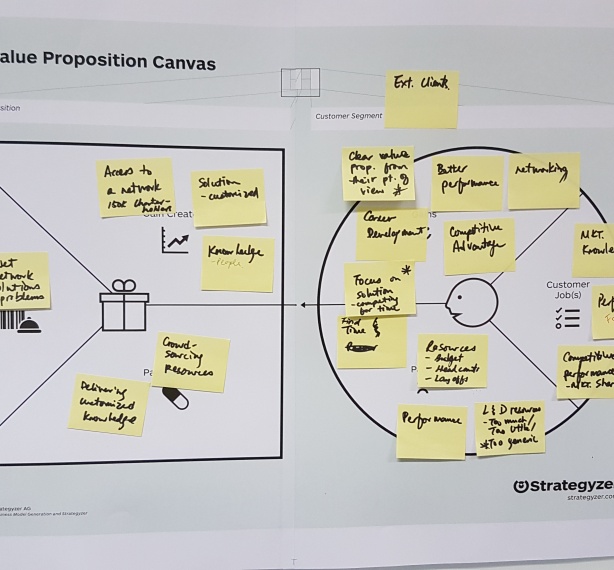
最新动态 | 1 March 2019
Master Thinker on Consultancy X Design: Iva Sladic Keco
